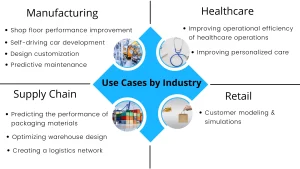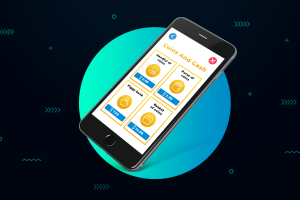5G is an entirely new generation of mobile networks that will revolutionize how people and businesses work. Its speed, dependability, and support for more applications than previous generations allow.
It will also be more energy-efficient than prior generations of mobile networks, which is great news for the environment as more renewable sources can be utilized to power it.
1. Smart Cities
A smart city utilizes technology to connect data across urban functions, optimizing services and cutting costs while improving quality of life. This includes improved traffic flow and commute times, quicker emergency responses, reduced energy use and water conservation initiatives.
Cities are now adopting 5G to support their digital initiatives. It enables a vast number of sensors and devices to communicate, collect data, and optimize city services and infrastructure.
Many aspects of the smart city are already supported by 4G networks, but 5G technology offers even greater speed and capacity to make these initiatives even more efficient. For instance, smart streetlights can be equipped with video cameras and gunshot detection sensors so public safety personnel can respond faster.
2. Autonomous Vehicles
The advent of self-driving cars will have far-reaching implications on health, transportation, urban planning and beyond. While a positive outcome may be achieved, autonomous vehicles also present potential disruption to jobs within the auto industry and related fields.
Driverless cars are becoming more prevalent, which means drivers no longer need to dedicate as much time to driving. That time can now be put towards other productive activities like shopping, reading or working.
Americans generally welcome this technology, though some express concern that the software used to operate these vehicles could be easily compromised and driverless cars will increase traffic accidents. On the other hand, some believe it can help older adults and those living with disabilities live more independently or reduce stress from going places.
3. Robotics
Robotics is becoming a ubiquitous part of everyday life and revolutionizing industries across the board. From robotic surgeries to robots that hold intelligent conversations, robotics is revolutionizing both industry and society alike.
Some experts worry that technological advancements will take over our lives and usher us into a dystopian future, while others believe the technology can help us tackle some of humanity’s biggest problems.
Robots have already replaced a significant portion of manual labour in some industries and will continue to do so moving forward. They will have an immense impact on healthcare, education, and manufacturing sectors by taking over repetitive tasks that require precision and repeatability.
Robots are increasingly impacting public services like sewers, firefighting and search and rescue operations. These robots use cameras, sensors and other technologies to assist human workers in navigating challenging terrain.
4. Smart Homes
The smart home is an IT-based system that connects various devices in your house. This enables you to monitor and control them remotely from a computer, smartphone or tablet.
Therefore, smart homes save time by automating processes and conserving energy. Furthermore, they enhance security by tracking motion, analyzing video data or alerting you when a doorbell rings.
At present, most smart home devices use different protocols for communication which can lead to silos between different gadgets. With 5G technology, however, these barriers will be erased as all connected devices will share a single network protocol.
5G also provides a faster and more dependable connection to connected devices, providing an improved experience when using voice-activated assistants such as Amazon Echo or other home automation products.
5. Smart Agriculture
Smart agriculture can assist farmers in cutting costs, increasing crop yields and better managing their farms. It may also help prevent pests and diseases that could otherwise destroy crops.
Smart technologies like sensors and robotics collect data from various sources and send it to the cloud for real-time analysis. This data is then utilized for predictive and preventive farming and agribusiness decisions.
Many of these devices rely on cellular connectivity, which is crucial for smart agricultural applications. This technology offers ultra-low latency and high bandwidth as well as support for an extensive number of devices communicating simultaneously.






More Stories
Integrating Digital Twin Technology for Small-Scale Manufacturing and Logistics
The Developer’s Guide to Post-Quantum Cryptography Implementation
Smart Home Automation for Renters: Your Guide to a Smarter, Temporary Space